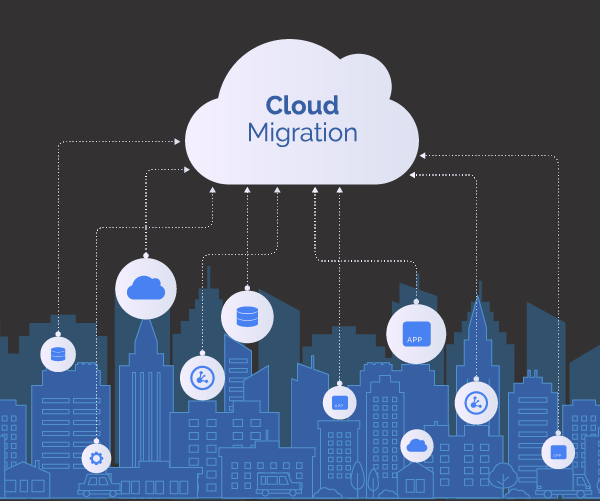Cloud computing denotes the supply of computer processing infrastructure, OS, applications and data storage over Internet-enabled public or private computer network. The purpose of this technology is to alleviate the hassles of maintaining compute devices and data storage along with reducing the costs associated with the operation of organizations. Although this avant-garde technology is in evolving phase, its usage helps small businesses to achieve double-digit growth with regard to clientele base, revenue, sales and profit.
Myriad Types of Cloud Services
Three classifications of cloud hosting services have emerged and each renders individual advantages for business customers to garner.
Software as a Service (SaaS): This category covers common work functions such as email, desktop applications, accounting payroll, or customer relationship management (CRM).
Infrastructure as a Service (IaaS): This type of service allows businesses to remotely access IT resources including servers, CPUs, storage devices, and other hardware and networking equipment to streamline administrative work process.
Platform as a Service (PaaS)
Platform as a Service (PaaS) is a way to lease out IT infrastructure and business critical applications that can enable a business to save money and time and reduce the number of in-house IT personnel.
Many companies are already moving their IT infrastructure to cloud server and have been doing so for years. Initially, virtualization was harbored to manage and maintain compute resources, mainly as a cost-saving technology. Enterprises soon realized that virtualization not only enabled them to benefit from cost savings, but also from enhanced speed and flexibility. In fact, adoption of cloud liberates you to plan strategically, create business value, improve productivity and manage growth without fuss.
With cloud technology is evolving at a fast pace, transformation in business process is pervasive. In the cloud, instead of allocating more IT personnel to handle peak conditions, capacity is governed by predefined limits on the basis of demand for individual applications and provisioned by users.






 Live Chat
Live Chat